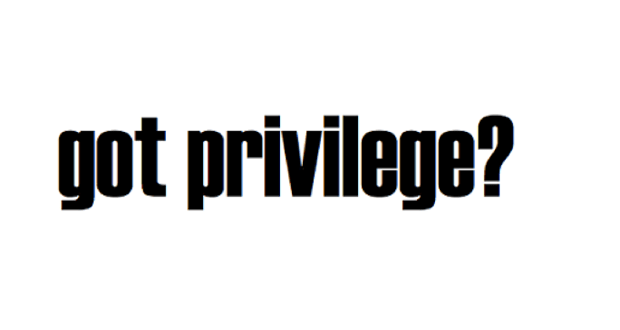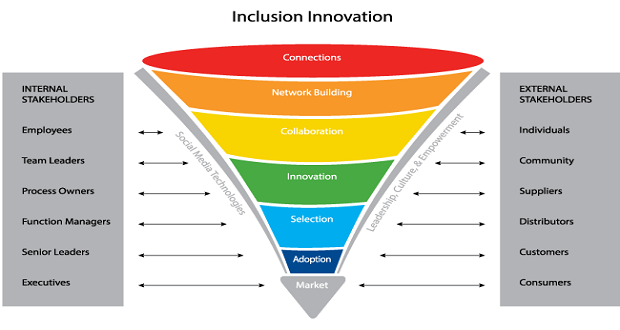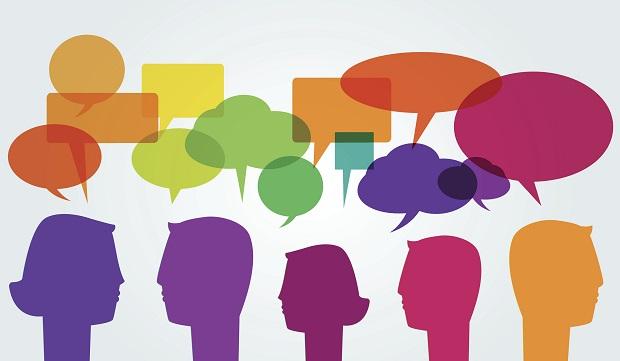In the last series, “Where Do We Draw the Line?”, we shed some light on some of the limits of Diversity & Inclusion. Ultimately, these limits revolve around people. When D&I becomes about bottom lines, comfort, short-term gains, or even principles over people, that’s where we draw the line. But as D&I practitioners, we know that sometimes we have to have buy-in before people will be open to listening to one another and considering one another’s perspectives. People have to know that, as I said in the last series, the hard work of self-reflection, listening, and learning is worth it. Within that concern about personal and organizational gain and surrounding the potential for transformation that springs from it is where business concerns and social justice concerns meet. This colliding of motivations and purpose and transformation is where we will begin this new series, “Mapping the Intersection.”
We will explore questions about common landmarks, language, and themes between these two approaches to this work. We’ll talk about common signals – within these conversations about diversity and inclusion, where do we have to stop, go, slow down, and yield? We’ll talk about when this intersection – with all the nuances, fears, stories, and truths colliding – leaves us in a wreck. What do we do when we say the wrong thing, when our motivations don’t align with our organization’s motivations, or when our ideals aren’t congruent with the reality? What do we do about cultures of compliance when our goal is really inclusion? How do we build capacity around a vision and a message and not just a business goal?
These are all important questions when it comes to addressing this intersection at the heart of D&I work. We know that diverse, inclusive cultures inspire innovation, and we know that diverse companies who have culturally competent leaders have greater success than even non-diverse companies who aren’t dealing with tensions around difference. These facts are straightforward, but we also know that sometimes working to build a more inclusive culture can be messy, involving a lot of moving parts. So, I want to start with just one.
I am currently attending the 2017 National Diversity Women’s Business Leadership Conference, and something I heard today really stuck with me. The speaker was talking about the statistics that show that men will often apply for jobs even if they don’t meet all of the qualifications while women tend to shy away from jobs they could absolutely do because they do not meet all of the qualifications. The message was, “You can do this. Go out and get what you want.”
My immediate reaction was, “It’s not that simple.” Just because I “act like a man” in that situation doesn’t mean bias won’t come into play or that there will be someone advocating for me or any other factors that could contribute to a woman losing a job to a man. But, the speaker wasn’t saying those things don’t matter; rather, he was suggesting that even with all of those barriers at play, we will never know unless we try. We can’t get opportunities by waiting for people to notice our talents.
In the same way, we can’t get companies or organizations to be more inclusive, even with all the systemic barriers and personality roadblocks, unless we try. And sometimes, that means we have to appeal to motivations that may or may not be our own or step into unexpected but ultimately fruitful conversations and relationships. And all the time, that means we have to listen first for what’s needed, and then walk confidently in that direction offering our best selves and solutions. As our Founder and CEO Mary-Frances Winters always says, this work is developmental, and we have to meet people where they are. That involves considering our language, our attitudes, our experiences, and working to communicate with those who may not understand in a way that they will listen. Concretely, it means we can’t sit back with our righteous motivations, compelling moral arguments, and seemingly obvious advice and wait for people, who may not know they should care or why, to notice our genius. We have to bring our genius to people.
So, at the intersection of social justice and business case D&I are people, meeting each other where they are, listening, and bringing their best selves to the table. That’s where we will begin.



















